HIDIVA SARAYI
EGYPTIAN CONSULATE-GENERAL IN ISTANBULResearched by Samir Raafat March 2008
Restoration of Hidiva Saray at Bebek, Jawdat Pasha Street - May 2009
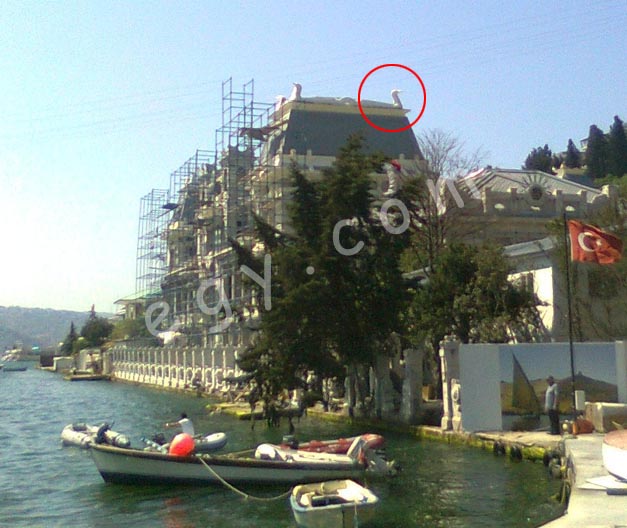
a touch of kitsch--swans added to the twin roofs in May 2010
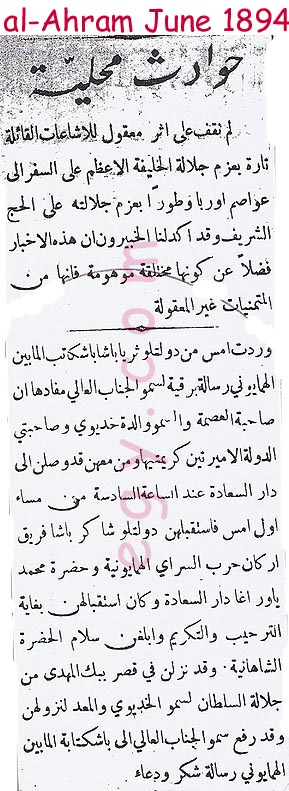
June 1894 al-Ahram announces the arrival of the Khediva-Mother and two of her daughters to Istanbul
"for the first time they shall reside in Bebek Saray recently gifted by the Sultan to the Khedive"
Below: Khedive Abbas offers Bebek Saray to his mother who requests architect Antonio Lasiac to restore it. Architect travels to Istanbul to inspect saray; Khediva-Mother resides in her son in law's (Prince Mohammed-Abbas Halim) nearby yali for duration of restoration works
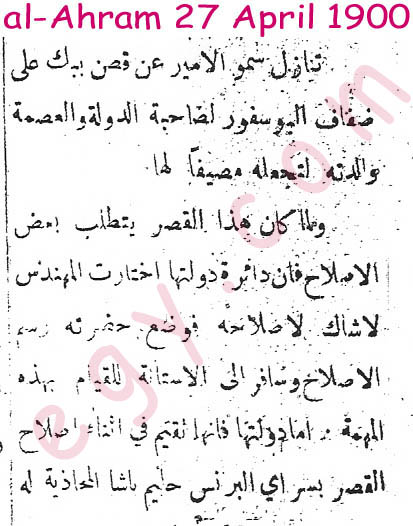
asked to follow suit with the Egyptian Embassy setting up office on the hills of Tchankaya.
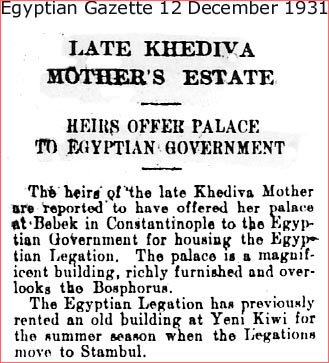
For a while the Saray stood empty until the day the Egyptian government decided to use it as an official residence. The consulate meanwhile would remain for the next three decades in the district of Beyoglou, first on the prestigious Pera Avenue (today Istiklal) at No. 303, then at No. 69 Siraseliver Street off Taksim Square. Perhaps for budgetary considerations it was only in the 1960s that Bebek Saray started to serve its dual function as residence and consulate-general, one of the first to relocate outside the confines of historic Istanbul; Bebek was then considered a distant suburb beyond the limits of Beshiktash. Succumbing to temptations some of the new residents took to fleecing the priceless objets d'arts that festooned the saray. Two diplomats in particular made it their mission to replace authentic pieces with fakes. Aside from the wanton pilfering of the saray, someone at Foreign Affairs came up with the 'brilliant' idea to turn part of it into an hotel for Egyptian diplomats, a branch so to speak of "Nadi al-Tahrir" on Cairo's Soliman Pasha Street. The process of accelerated depreciation had gone into fourth gear. Today Bebek Saray is currently undergoing massive restoration under the guidance of architect Sureyya Saruhan and is expected to last a couple of years.
Notes: Other palaces on the Bosphorous that once belonged to members of the Egyptian royal family include:

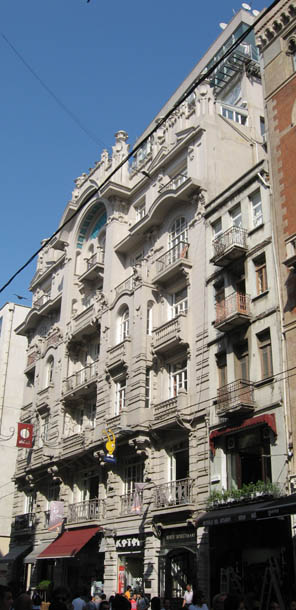
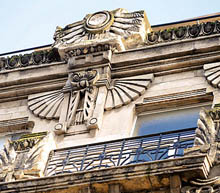
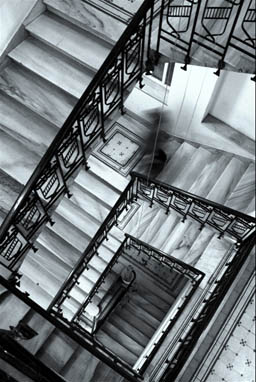
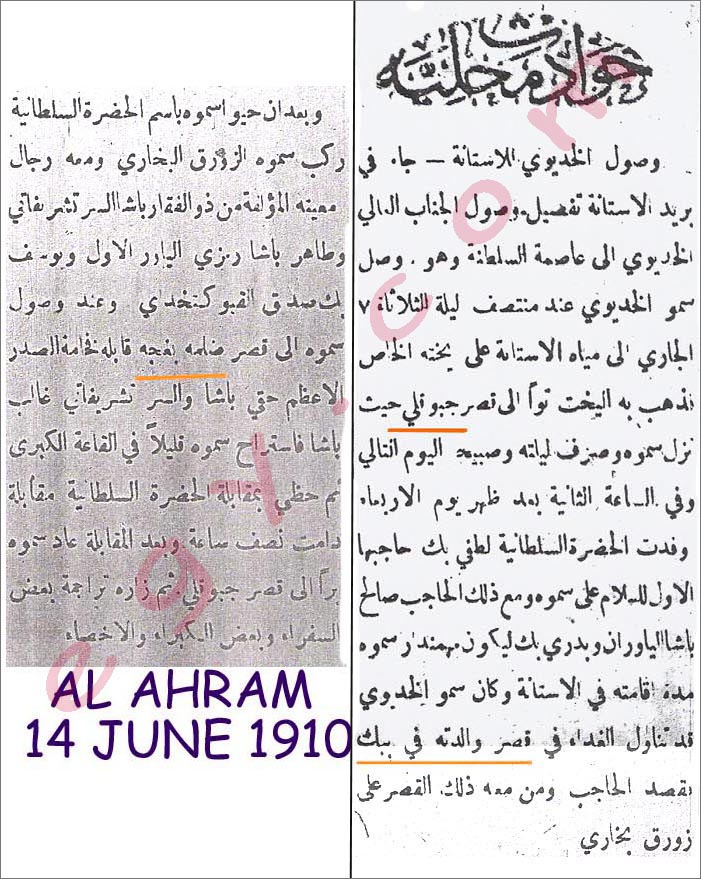
Al Ahram daily details arrival of Khedive Abbas II in Istanbul on June 7
mentioning Cibukli (Hidiv Kasri), Bebek Saray (Hidiva Saray) and the Dolma-Bahce Palace
As was customary then Istanbul is referred to either as Asitane or as Dar al-Saada.
Note: The Persian word 'Asitane' was used by Ottomans to denote Imperial complex in Istanbul (Topkapi, the Imperial Diwan and all its annexes). Dar al-Saada in above context means city of happiness
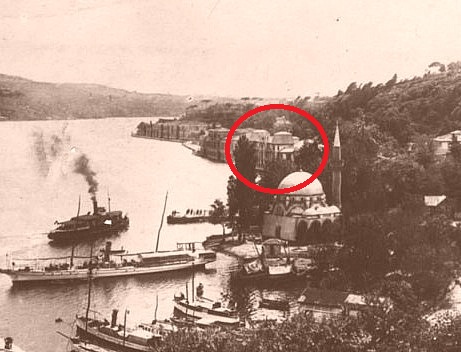
Bebek in the 1900s
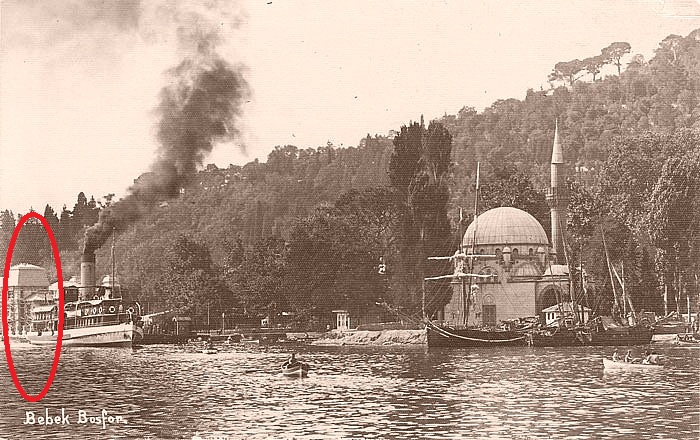
ISTANBUL EXHIBITION ON FORMER SARAYS OF VICEROY MOHAMMED ALI'S DESCENDANTS
"Nil Kiyisindan Bogaziçi'ne Kavalali Mehmed Ali Pasa Hanedani'nin Istanbul'daki Izleri"
From the Stores of the Nile to the Bosphorus Traces of the Kavalali Mehmed Ali Pasha Dynasty in Istanbul
Turkish/English
Catalogue
Istanbul Research Institute
Catalogues 9
December 2011
380 Pages
ISBN: 978 975 9123-95-6
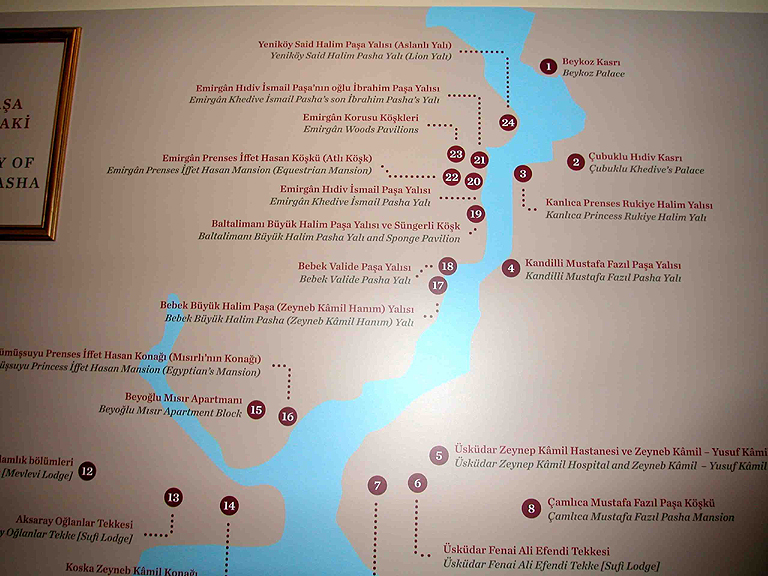
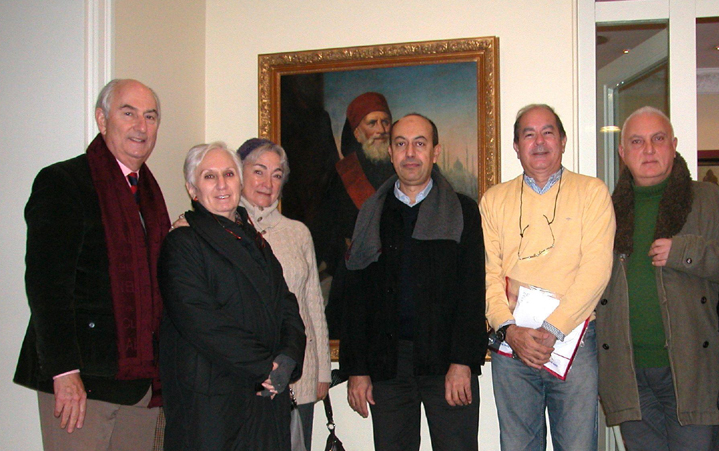
@ exhibition in Beyoglu; 24 December 2011: standing in front of Mohammed Ali portrait; L-R: Prince Abbas Hilmi, Princess Ikbal Hilmi
Princess Medihe Hilmi, IRCICA scholar Mohammed Aboul Amayem, Samir W Raafat and exhibition curator Professor Bahaa Tanman below: Professor Bahaa Tanman discusses exhibition on CNN Turk
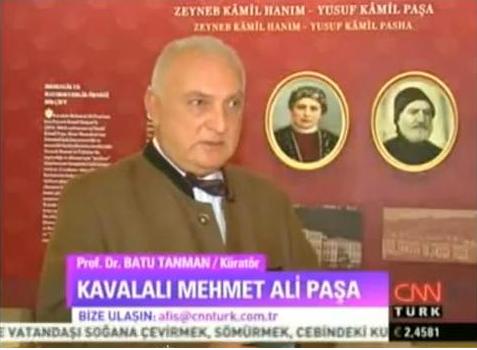
No comments:
Post a Comment